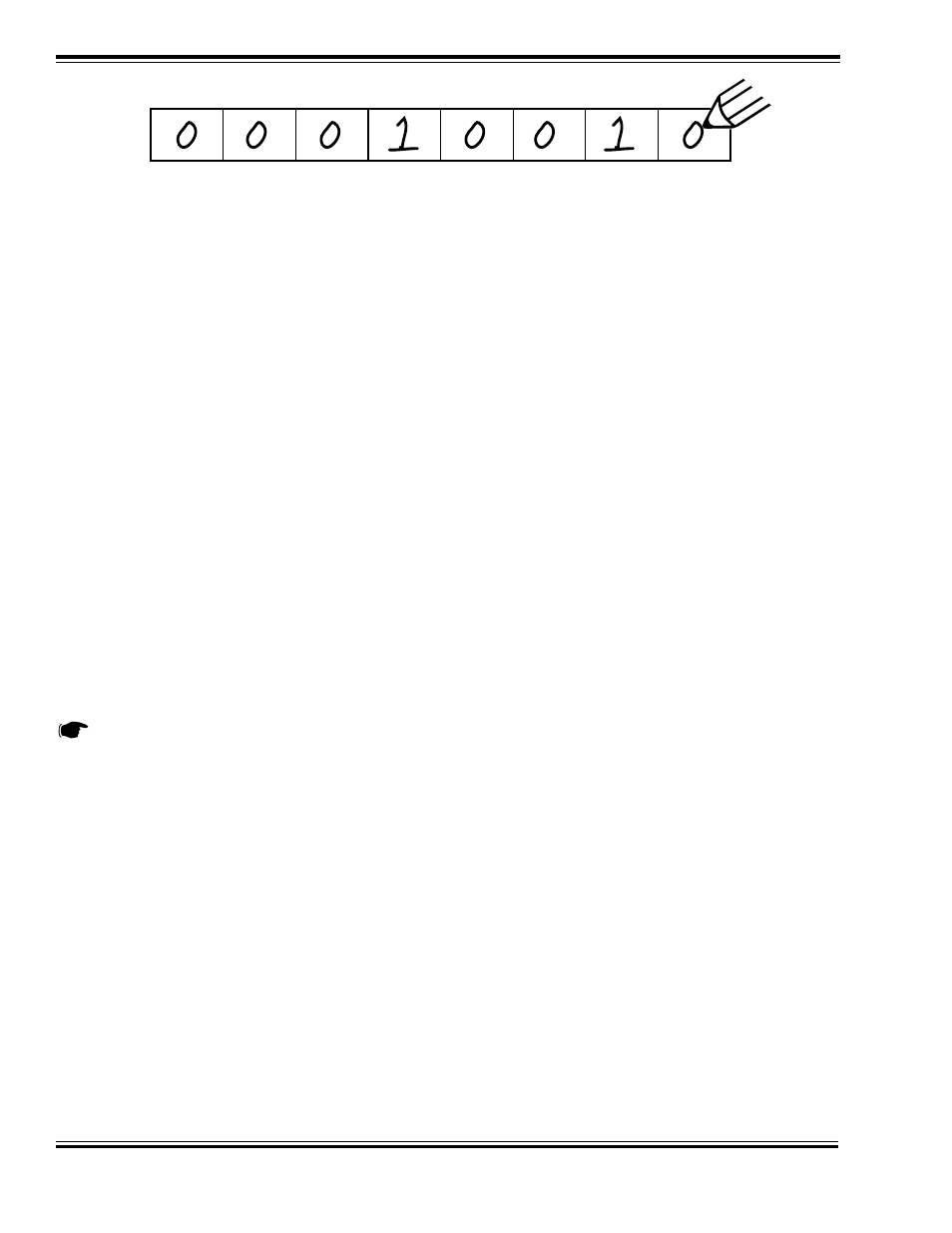SoundTraxx DSD-150/DSX Owners Manual User Manual
Page 20

20
Digital Sound Decoder Owner's Manual
We then look up the value Binary value 00010010b in Appendix C and see that it corresponds to the decimal value
18 (0x12 in hex). This is the value to use when programming the CV.
Programming Procedure
There are six methods for programming the DSD which fall into one of two classifications:
Service Mode Programming - These programming modes usually require the locomotive to be placed on a special
programming track or connected to a dedicated programmer. There are four types of service mode instructions:
Address Mode - Can change CV 1 (Primary Address) only.
Register Mode - Can change CVs 1,2,3,4,7,8 and 29 only.
Paged Mode - Uses a page register to indirectly modify any CV.
Direct Mode - Can directly change any CV.
Operations Mode Programming - Sometimes called ‘Ops Mode’ or ‘Programming on the Main’, these program-
ming modes allow the CVs to be changed while the locomotive is operating on the layout even when other locomo-
tives are present. The neat thing about these modes is that the CVs can be changed in the middle of operation
allowing the engineer for example, to change the increase the momentum rate of a locomotive after it couples to a
train. There are two forms of this programming mode:
Operations Mode Short Form - Uses an abbreviated packet format and allows only CV 23 and 24 (consist
acceleration and braking) to be modified.
Operations Mode Long Form - Allows any CV to be modified.
Note: The DSD imposes the restriction that CV 1, CV 17 and CV 18 cannot be changed in this mode to
prevent accidental modification of the locomotive’s address during operation.
It is important to realize that not all programming modes will program all CVs. The DSD Technical Reference lists
the programming modes that may be used for each CV.
The specific programming mode you use will depend upon the type of DCC system you are using. Some of the newer
DCC systems can automatically select the proper programming mode so all you need to do is specify the CV number
and its new value. On the other hand, some systems support only a few of the programming modes and may restrict
which CVs you can program. If in doubt, refer to your DCC system’s manual or contact the manufacturer to deter-
mine which methods they support.
If you have trouble reading or verifying CVs, the problem may be due to the design of your command station and not
the DSD itself. The DSD and all other decoders communicate back to the command station using what's called an
acknowledgement pulse, which is defined in NMRA RP-9.2.3 as "an increased load on the programming track of at
least 60mA for at least 50ms." Like most decoders, the DSD generates the acknowledgement pulse by momentarily
applying power to the motor. You can often visually verify that the DSD is properly responding to your programmer by
observing a slight twitch in the motor shaft when a read or write command is given.
If your DSD is otherwise working properly (i.e., responds properly on the mainline to speed and direction commands)
but your command station is having troubles reading CV data from the DSD, it may be due to incompatibilities
between the electrical requirements of the DSD (which are different from conventional decoders due to the added
bit 7 bit 6 bit 5 bit 4 bit 3 bit 2 bit 1 bit 0
